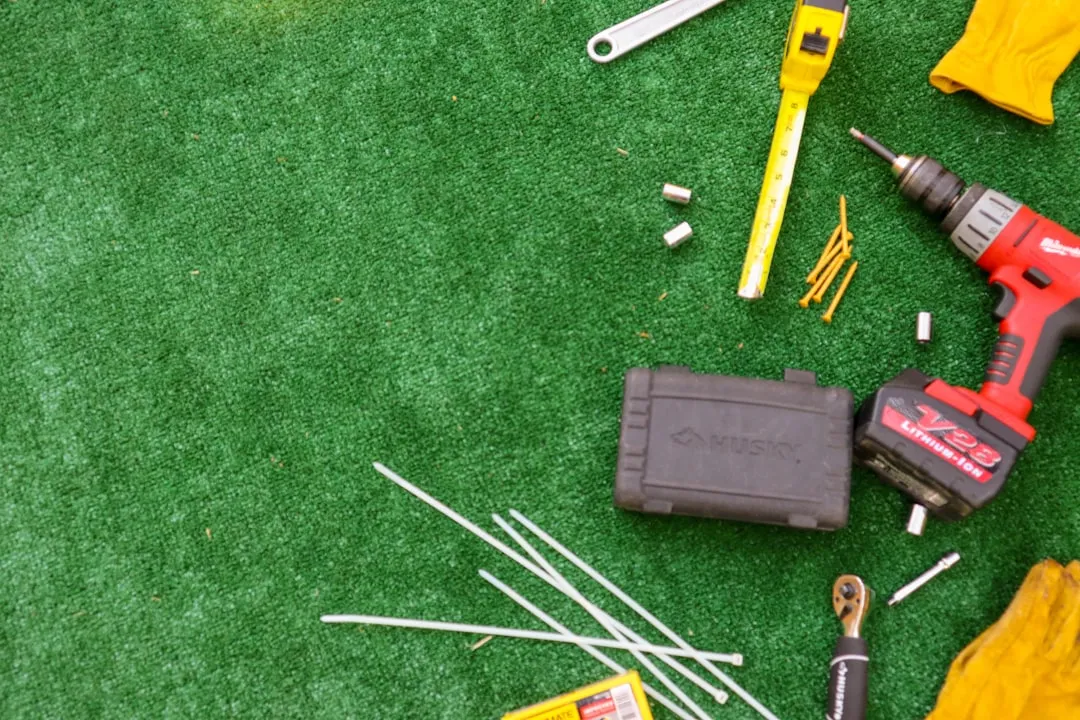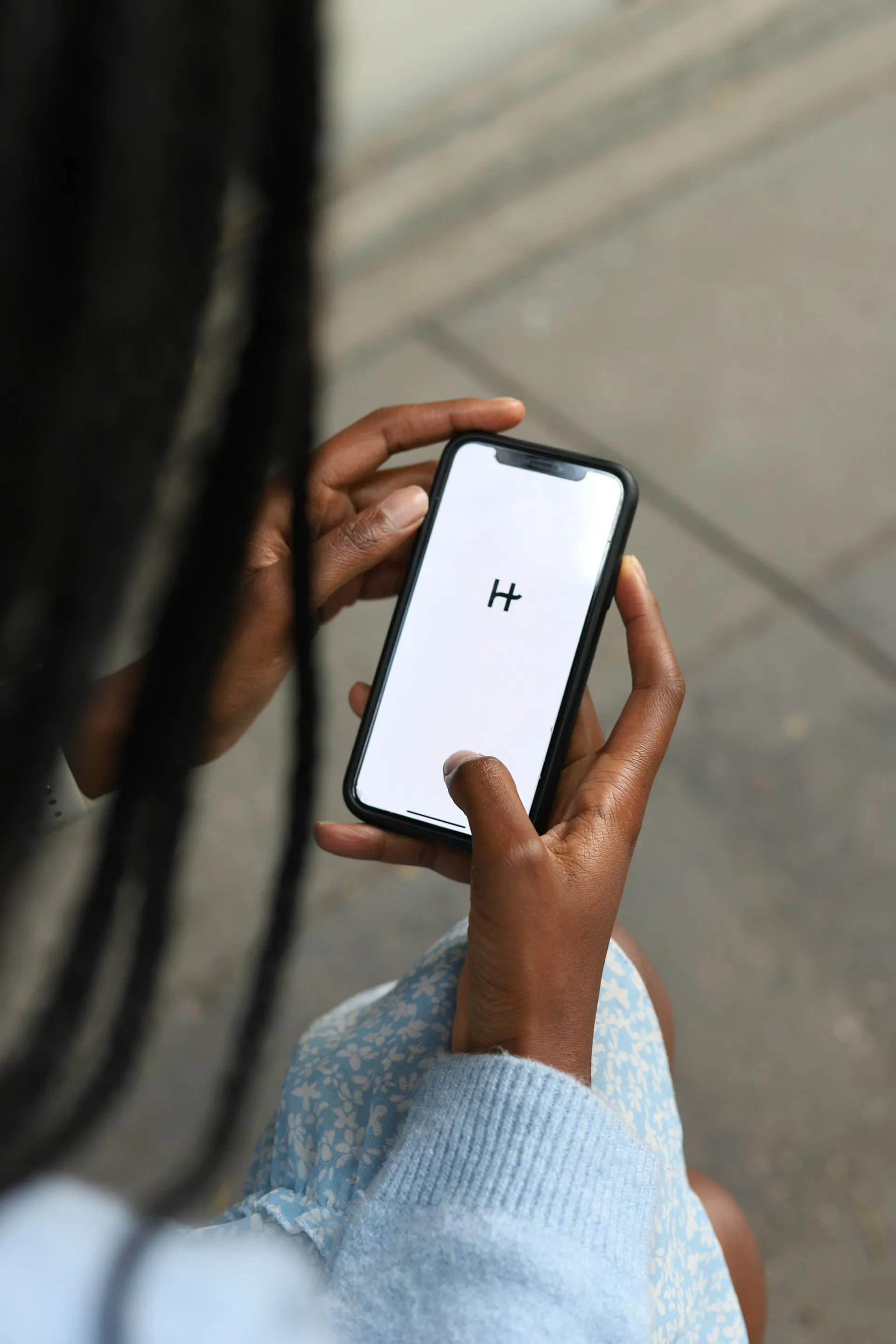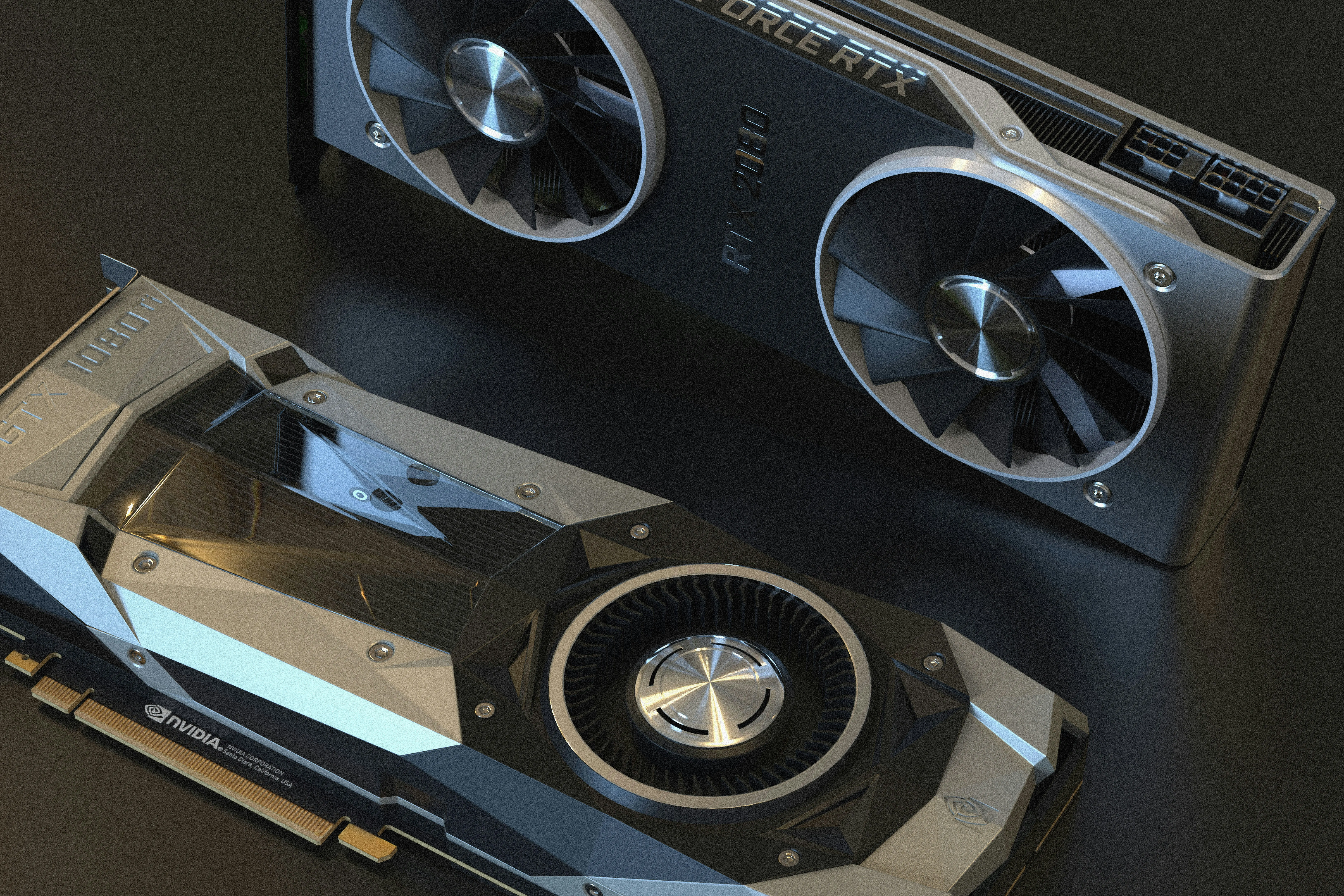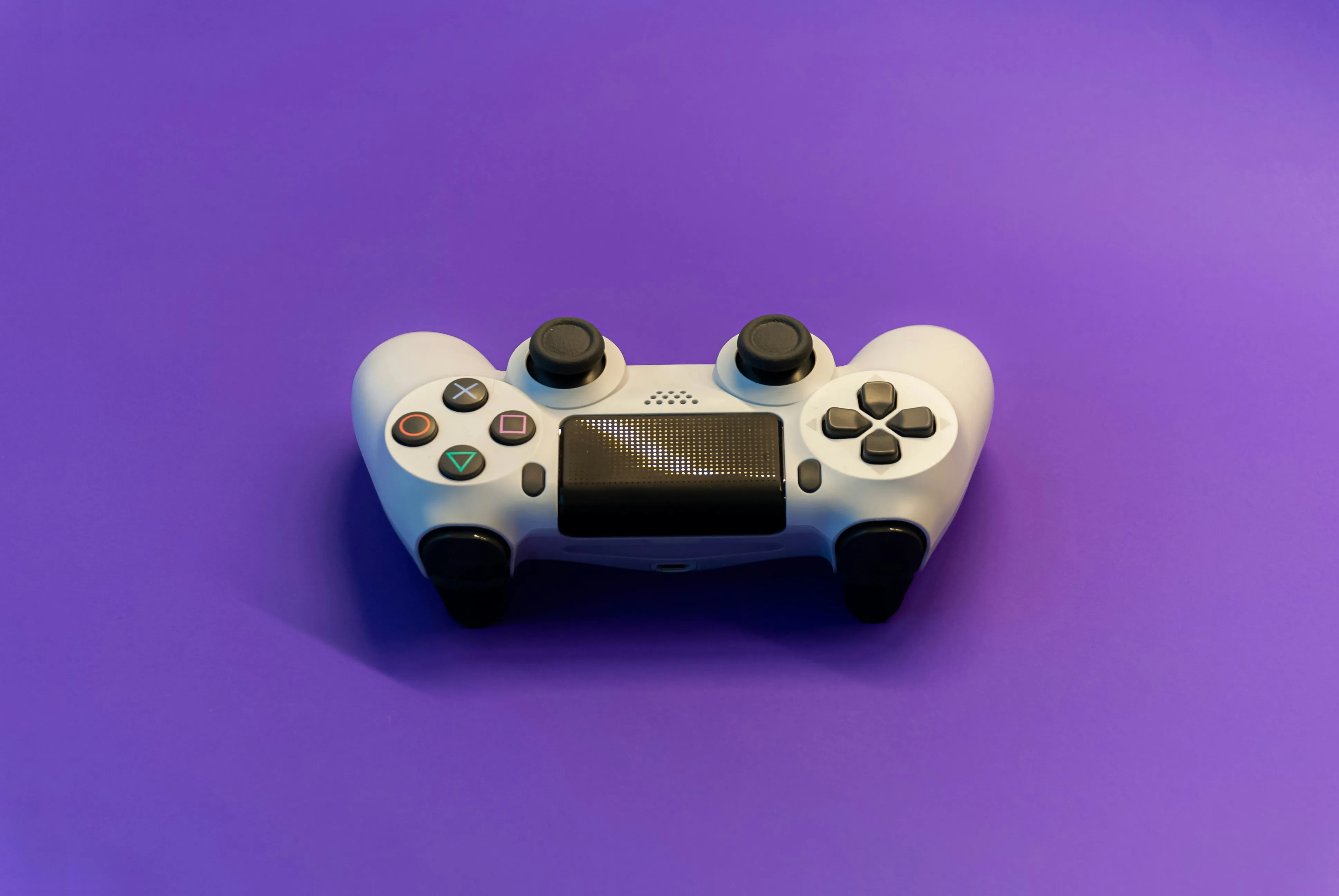Learn how to solder.
Whether you like to tinker with electronics or do your own plumbing repairs, soldering metal is an essential skill. Plus, it's kinda fun.
You Will Need
* A soldering iron
* A soldering tip
* Safety glasses
* Solder
* Flux
* Soldering clamps
* Solder wick
* A soldering iron
* A soldering tip
* Safety glasses
* Solder
* Flux
* Soldering clamps
* Solder wick
WARNING: Be extremely careful when working with a soldering iron. Always keep the tip away from your skin, and never set it directly on a work surface.
Step 1. Choose an iron
Choose a soldering iron. Irons between 15 and 40 watts work best for circuit-board components and other detailed work, while 60- to 140-watt irons work best for joining thicker materials.
Step 2. Pick a tip
Pick a tip for your soldering iron. Different shapes are available for different projects.
Step 3. Put on safety glasses
Put on safety glasses.
Step 4. Pick your solder
Pick your solder, which will hold together the two pieces of metal you're connecting. Solder comes in wire or bar form; the vast majority of DIY jobs require the wire type.
Step 5. Clean the surface
Use a chemical agent called a flux to clean oxidation off the surface of the metals you'll be soldering.
Step 6. Heat it up
Turn on your soldering iron and let it heat up for a few minutes. When it's hot, apply a thin layer of solder to all sides of the tip. This is known as "tinning."
Step 7. Heat the joint
If you're soldering wires, put one in each clamp. If you don't have clamps, place the wires on a surface you don't mind burning, like a flat piece of scrap wood.
Step 8. Feed the solder wire
Feed the solder wire to the heated joint from the top until the solder melts into the joint.
Step 9. Remove them
Remove the solder, and then remove the soldering iron. Let the soldered joint cool down.



















Comments
Be the first, drop a comment!